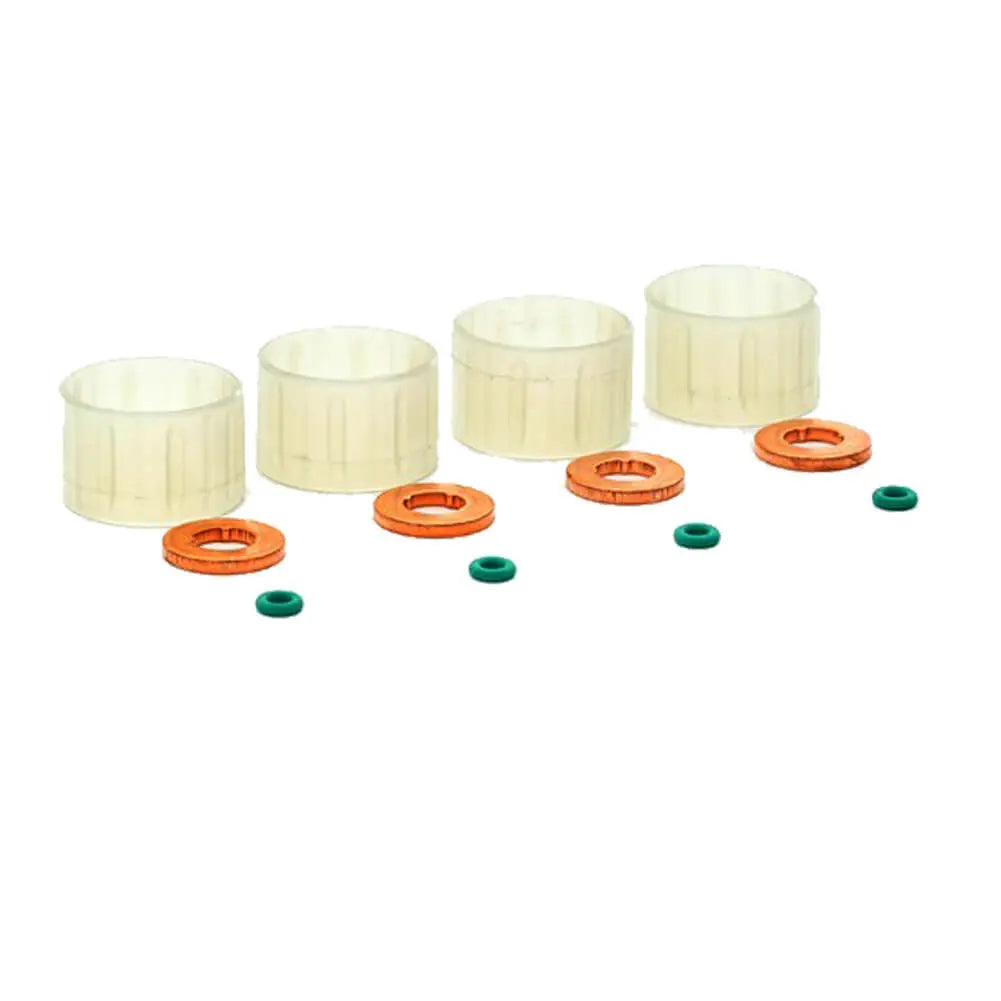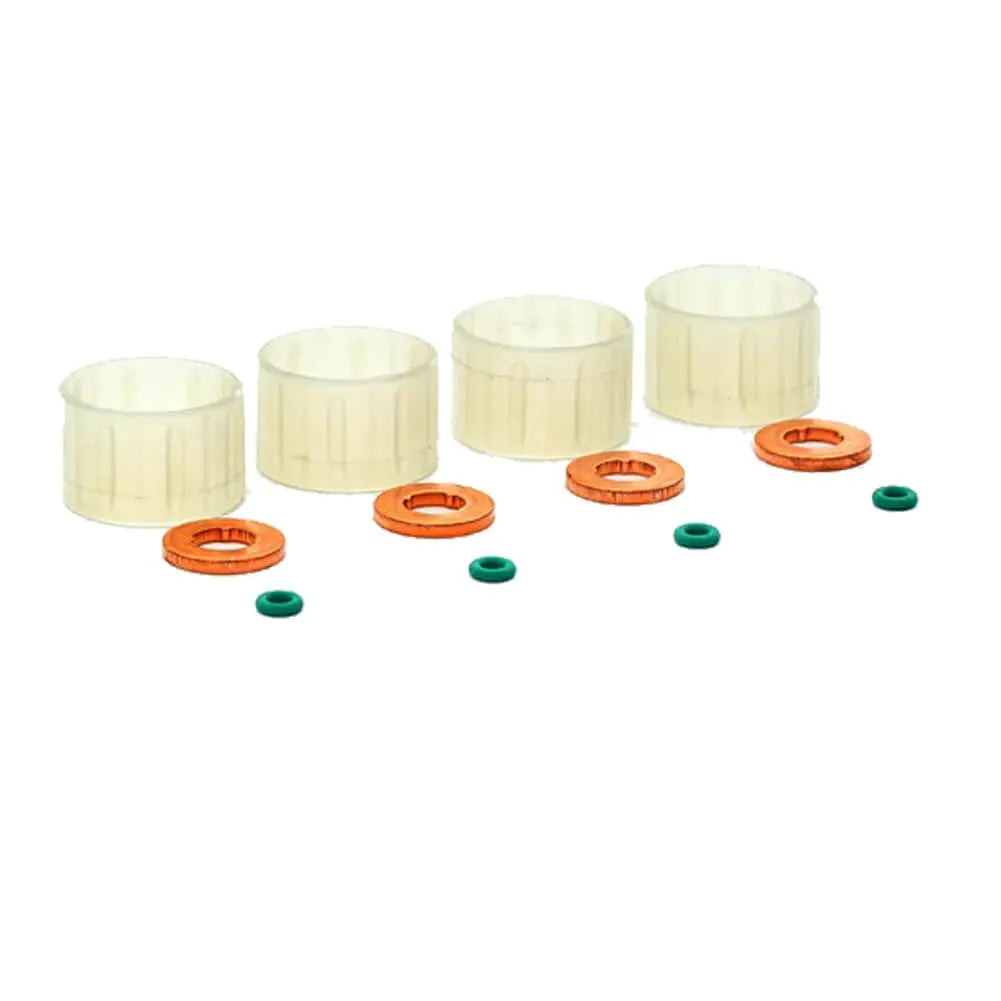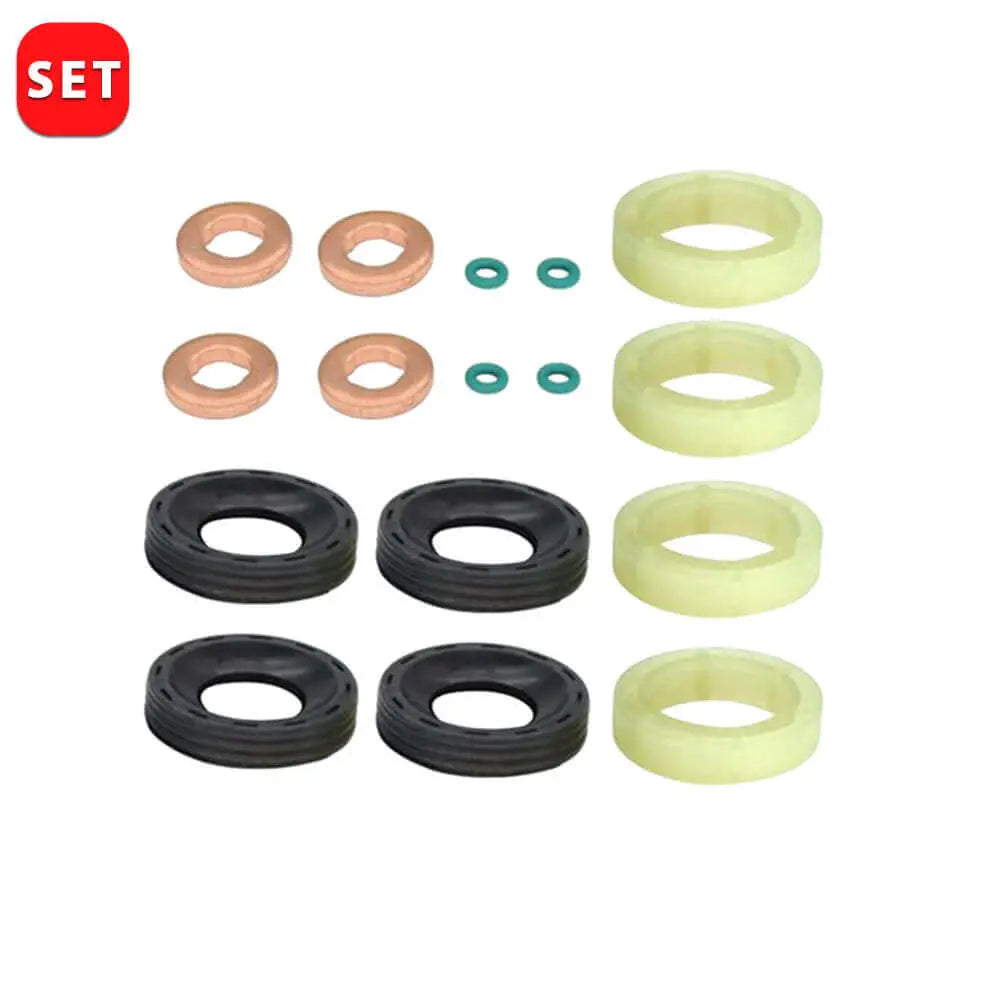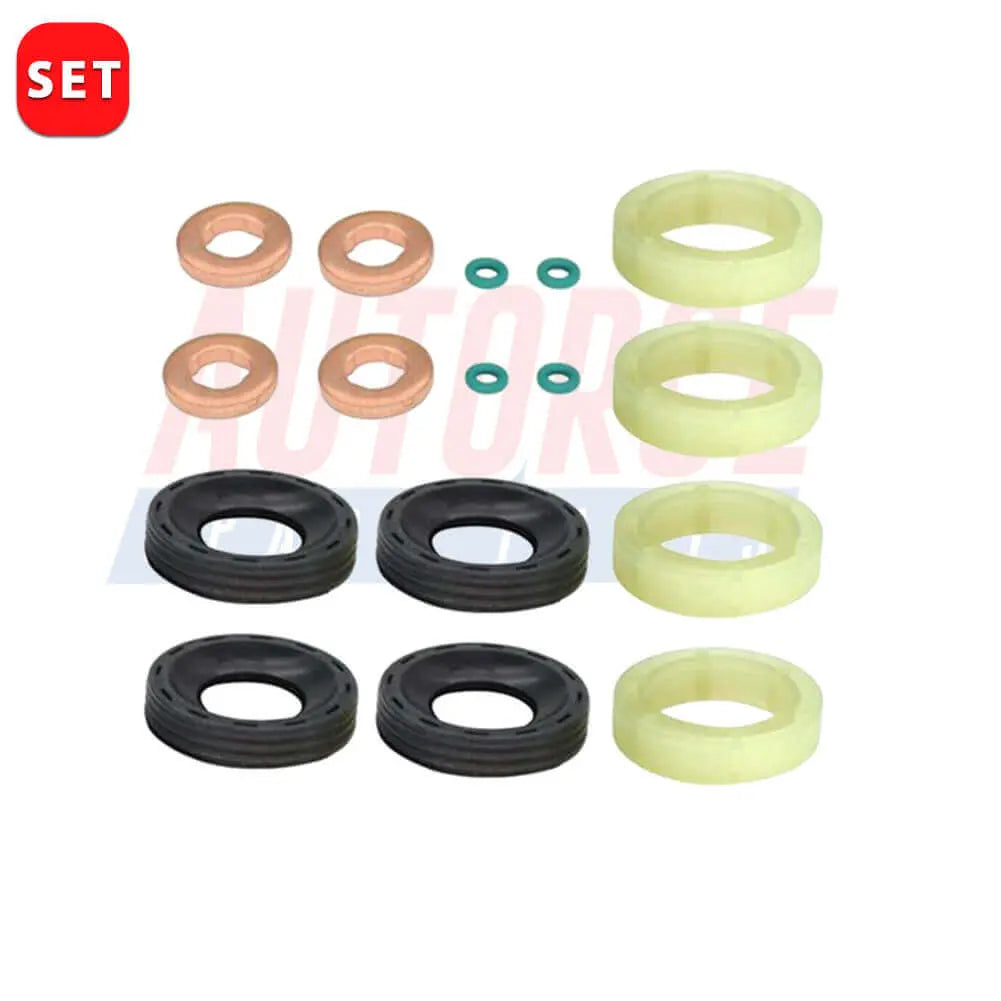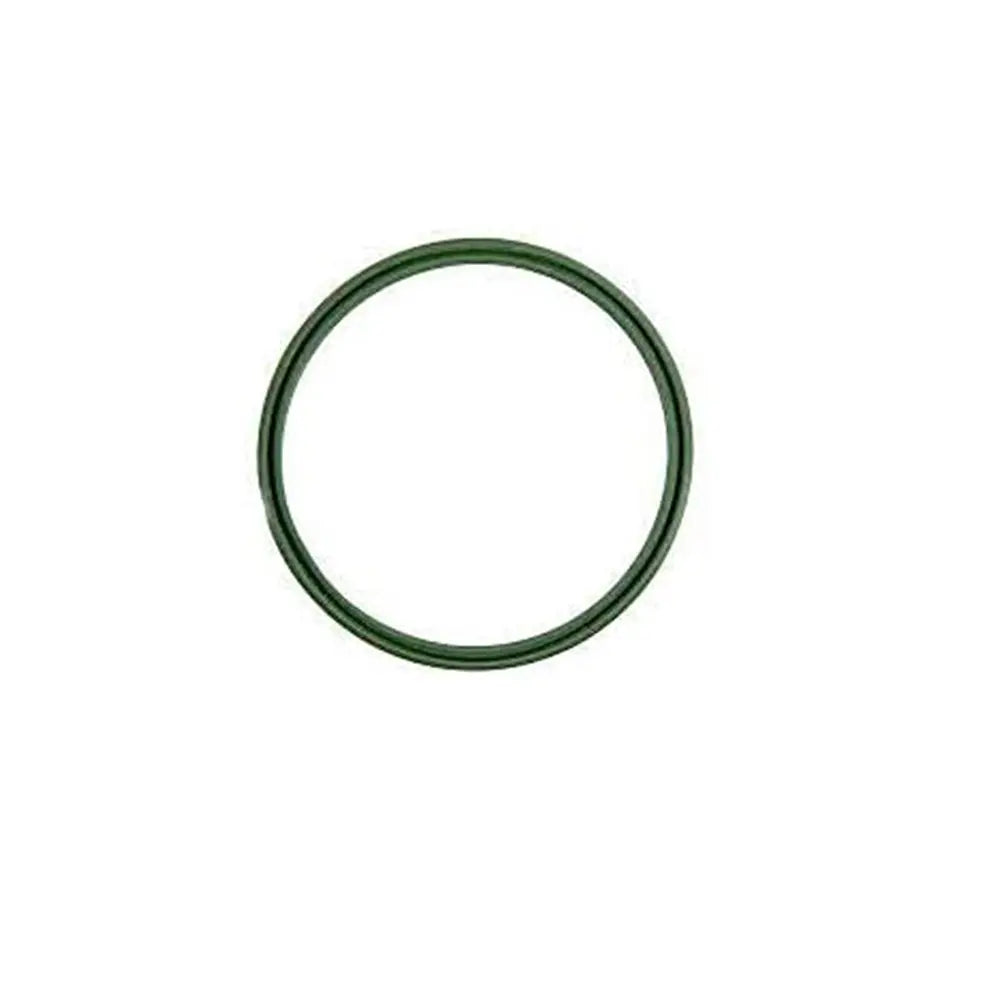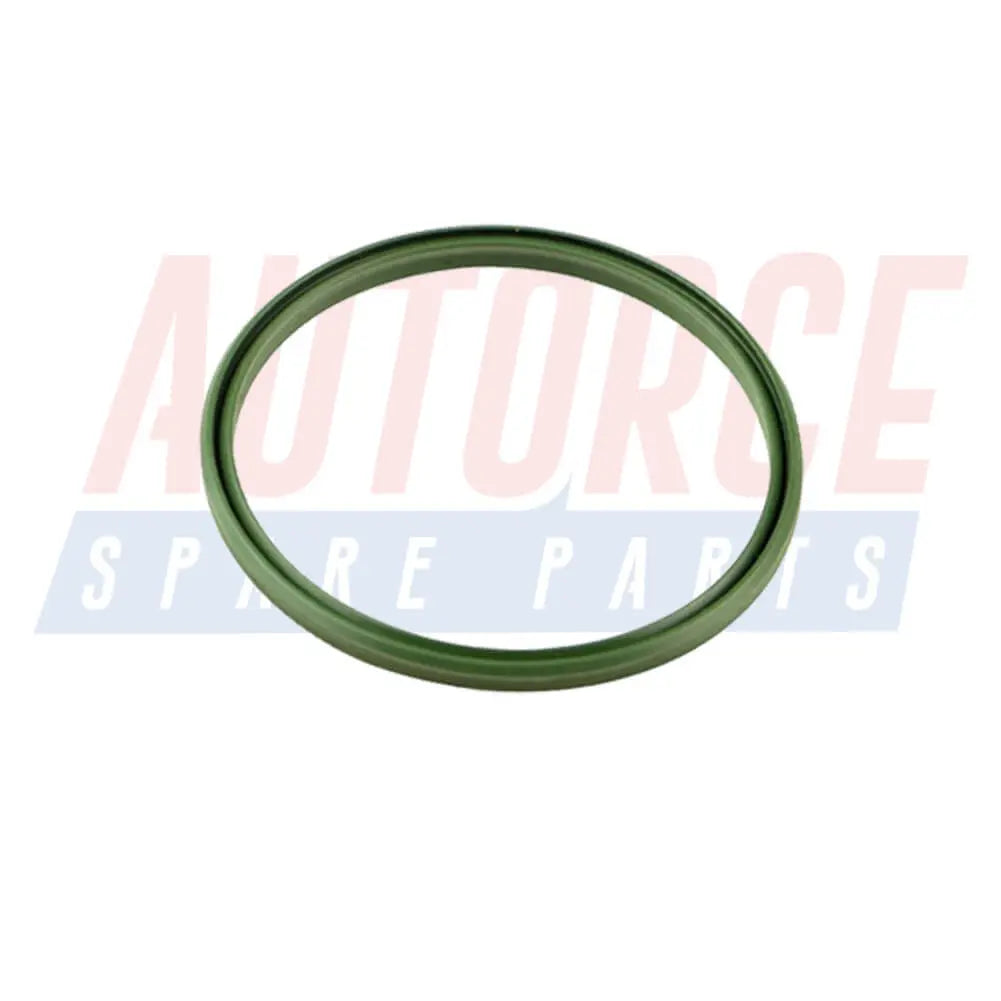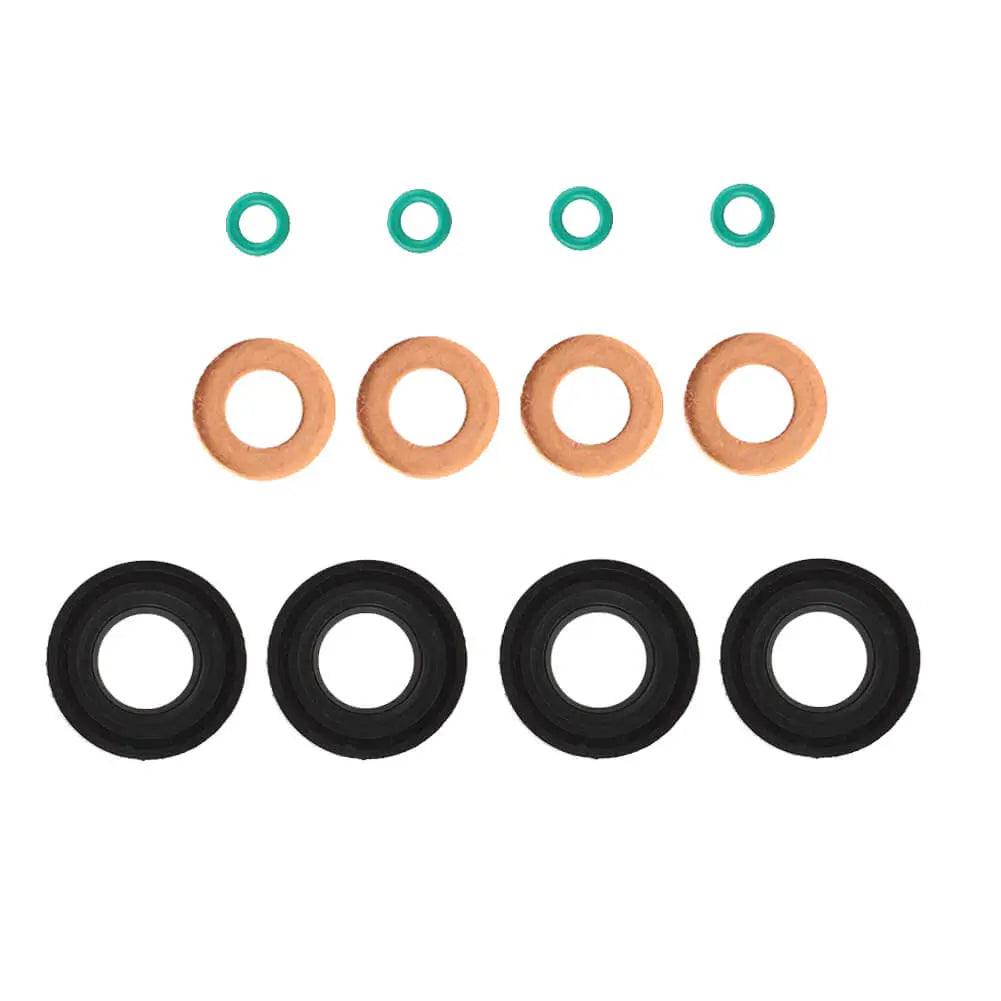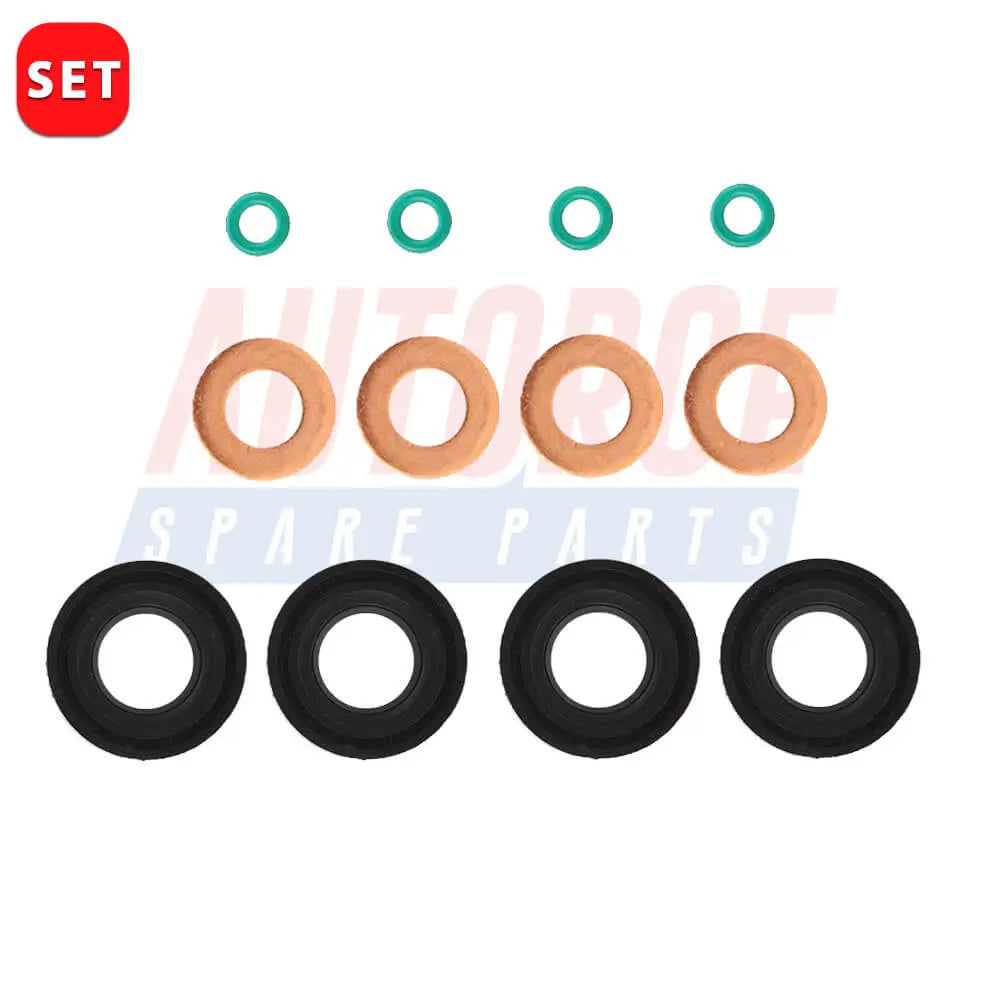Shop by Category
O-Rings
103 products
Showing 1 - 24 of 103 products
The Unsung Heroes of Automotive Engineering: O-Rings for Cars
While driving our cars, we often take for granted the smooth functioning of various components that work together to provide a comfortable and safe ride. Among these components, o-rings play a crucial role, though they may not receive much attention or appreciation. These small but powerful rings are essential for maintaining the integrity of various automotive systems, ensuring they perform optimally. In this article, we will explore the significance of o-rings in cars, their design, applications, and the critical role they play in enhancing vehicle performance and reliability.What are O-Rings?
An o-ring is a circular, donut-shaped gasket or sealing device made from various materials such as rubber, silicone, or thermoplastic. Its simple design enables it to create a reliable seal between two mating parts, preventing the leakage of fluids or gases. The name "o-ring" comes from the letter "O," referring to its round cross-sectional shape. These rings are widely used in diverse industries, including automotive, aerospace, manufacturing, and more.O-Rings in the Automotive Industry
In the automotive world, o-rings are indispensable components used in a wide range of applications due to their ability to prevent fluid or gas leaks and resist high pressures and temperatures. Some of the primary applications of o-rings in cars include:1. Engine Sealing: O-rings are found in various parts of the engine, sealing connections between components such as cylinder heads, valve covers, and oil pans. They ensure that engine oil, coolant, and other fluids do not escape, maintaining the engine's efficiency and preventing contamination.
2. Fuel System: In the fuel system, o-rings are used to create secure seals in fuel injectors, fuel pumps, and fuel filters. These seals prevent fuel leaks, which could lead to decreased fuel efficiency and potential safety hazards.
3. Air Conditioning System: O-rings are vital in the air conditioning system, where they seal refrigerant lines, compressor connections, and various other components. Proper sealing is crucial for maintaining the system's efficiency and preventing refrigerant leaks, which can harm the environment.
4. Transmission System: Within the transmission system, o-rings seal connections between transmission lines and prevent transmission fluid leaks. This helps in maintaining proper gear shifting and overall transmission performance.
5. Power Steering System: O-rings play a critical role in the power steering system, sealing connections and preventing the loss of hydraulic fluid. This ensures smooth and responsive steering operation.
Materials and Design
O-rings are available in various materials to suit specific application requirements. Common materials include:1. Nitrile Rubber (Buna-N): Suitable for most automotive applications, it offers good resistance to oil, fuel, and hydraulic fluids.
2. Silicone: Resistant to high temperatures and ideal for use in components exposed to extreme heat.
3. Viton (FKM): Known for its excellent resistance to chemicals and extreme temperatures, making it suitable for applications involving aggressive fluids and high-performance engines.
4. Ethylene Propylene (EPDM): Exhibits excellent resistance to weathering, making it suitable for sealing applications in external automotive components.
The design and size of o-rings are critical factors in their effectiveness. Engineers carefully consider the application, temperature, pressure, and fluid compatibility when selecting the appropriate o-ring for a specific automotive component.
In conclusion, o-rings may be small in size, but they play a significant role in maintaining the reliability and performance of automotive systems. These unassuming rings are essential for sealing connections, preventing fluid leaks, and ensuring the smooth operation of various car components, from the engine to the air conditioning system. Without o-rings, our cars would be plagued with constant fluid leaks, reduced efficiency, and compromised safety.
Next time you drive your car, spare a thought for these unsung heroes of automotive engineering – the o-rings – quietly working behind the scenes to keep your vehicle running smoothly on the road. Their simplicity, reliability, and versatility make them an invaluable part of the automotive world.
Showing 1 - 24 of 103 products
Display
View


Fuel Tank Gasket Seal For Opel Corsa B Tigra Vectra B - 1254286, GM 90411085, 1254277, GM 9181883
Sale price£9.99
No reviews
Hurry! Stock running out!
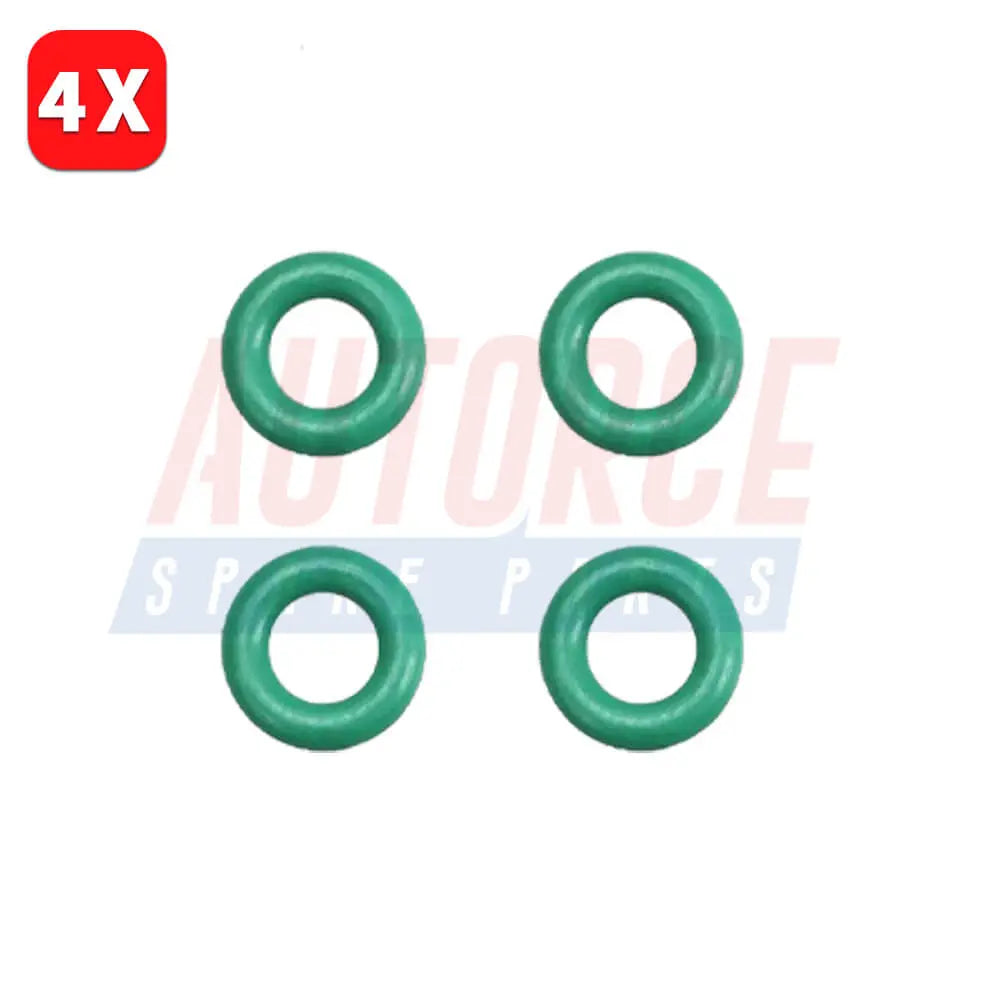
4 Pcs Fuel Injector Leak Off Pipe Seal O-ri̇ng For Ford Transit - 9659325580, 1372379
Sale price£3.99
No reviews
Sold out
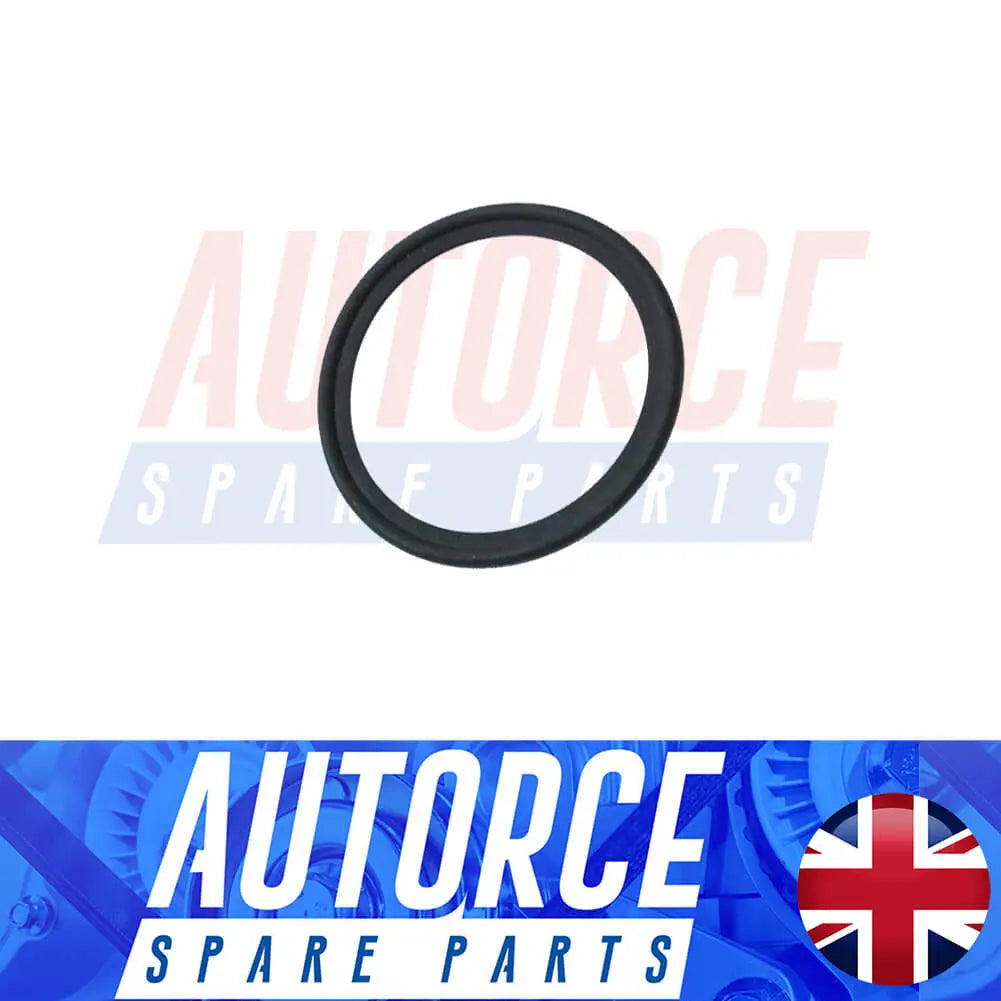
Oil Cooler Seal For Renault Clio Thalia Kangoo Megane Logan 1.5 dCi - 7701051538, 1661184A00
Sale price£5.90
No reviews
Hurry! Stock running out!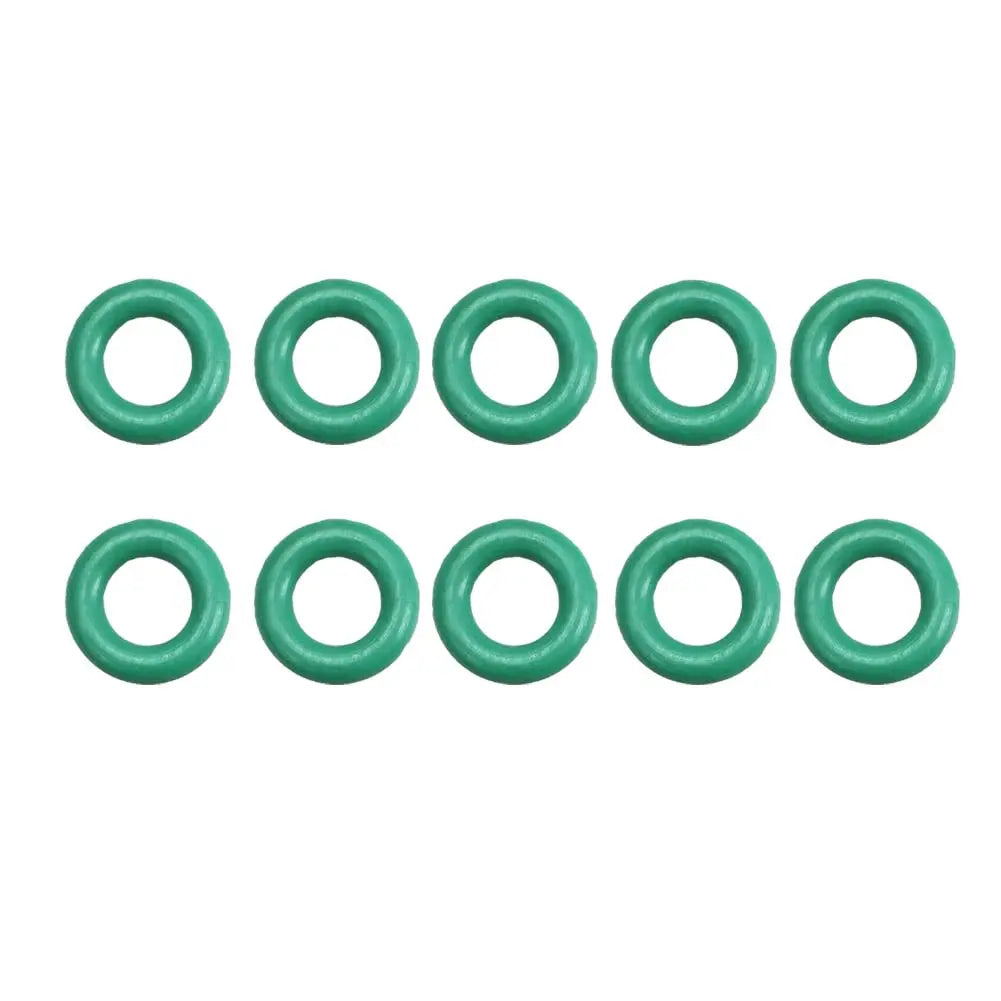

10 Pcs Fuel Injector Seal O-ri̇ng For CITROEN Relay - 71724128, 9659325580, 1372379
Sale price£6.49
No reviews
Sold out
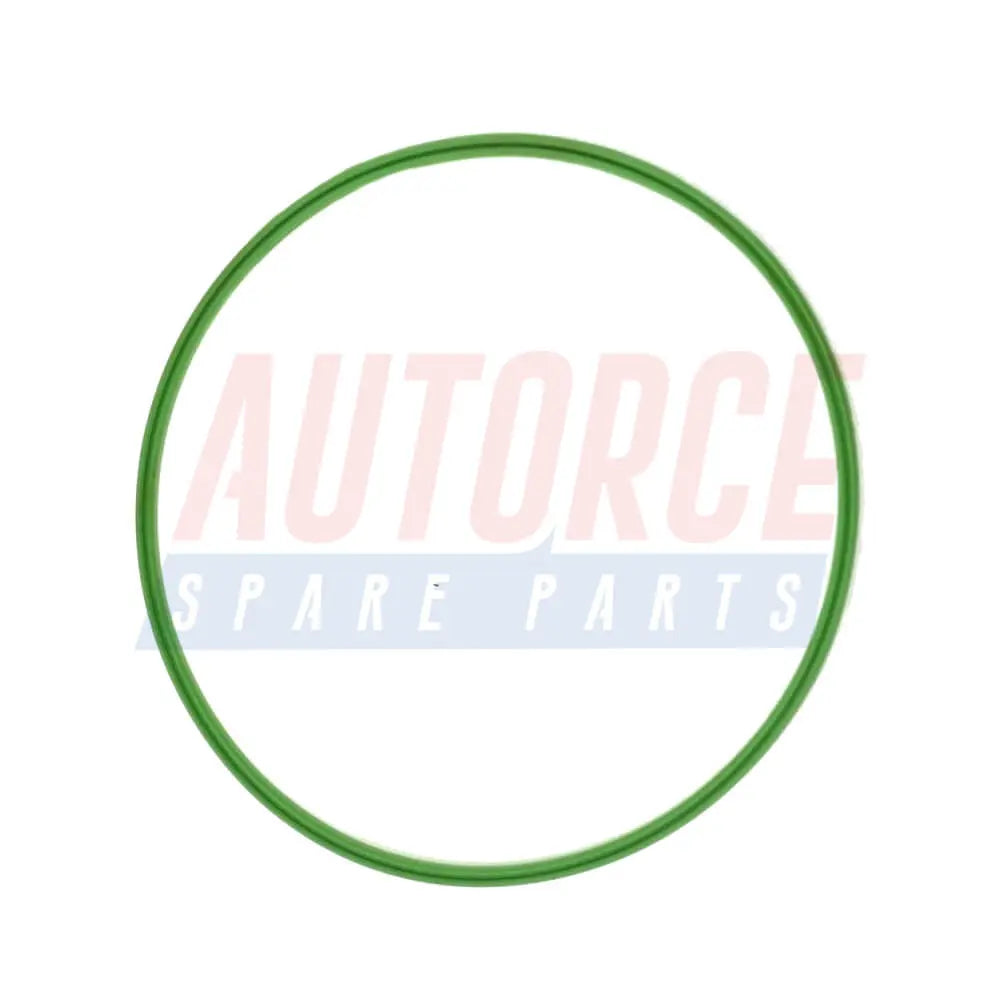
Fuel Pump Gasket Seal For Vauxhall Astra MK5 For Saab 9-3 - 24401341
Sale price£7.45
No reviews
In stock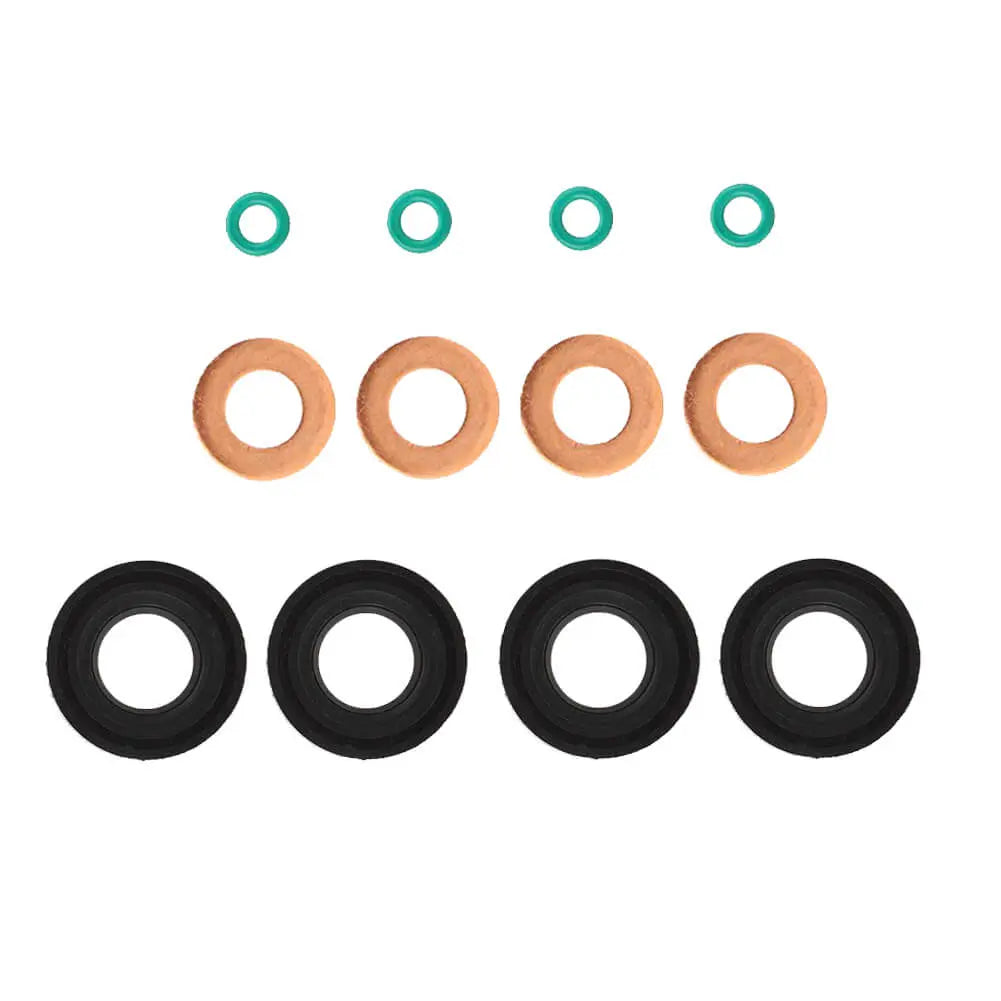

Fuel Injector Seal Washer O-Ring Set For Citroen Relay (2011 - Onwards) 03L103070A, 1760803
Sale price£11.49
No reviews
In stock
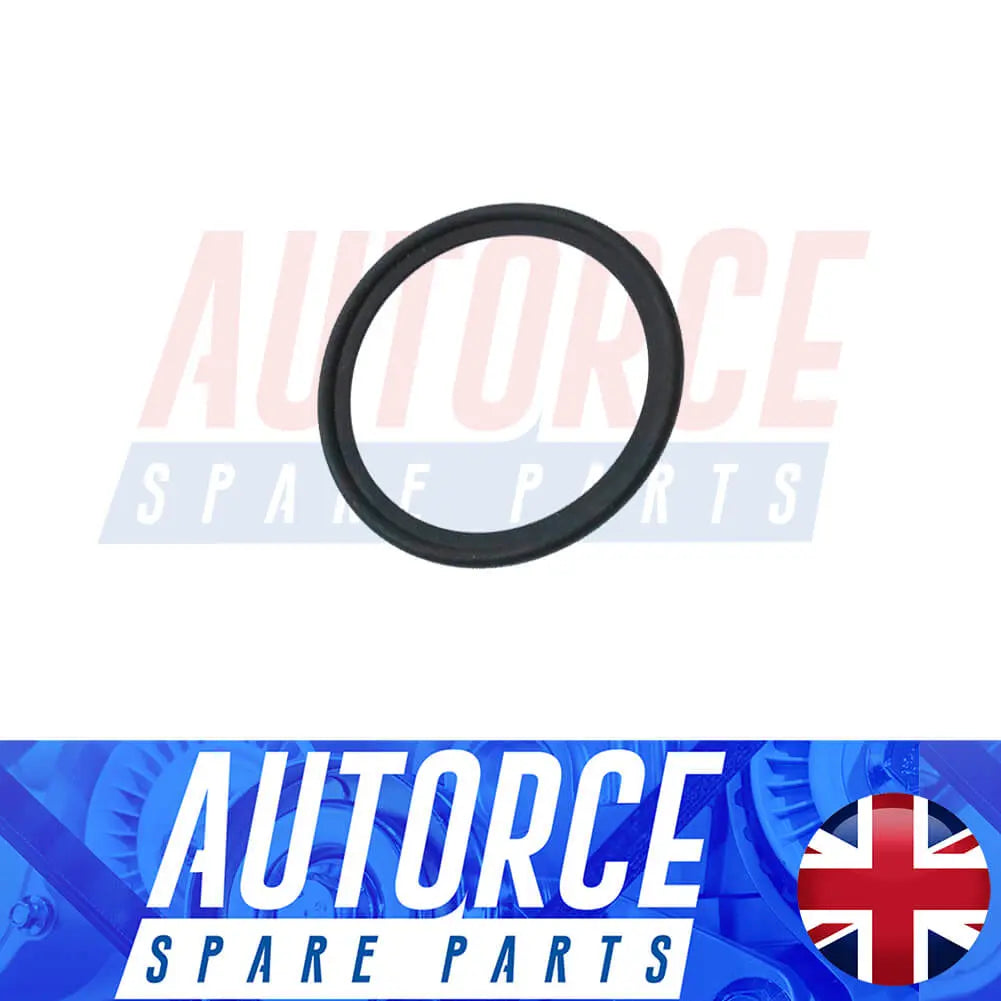
Oil Cooler Seal For Ford Fiesta Focus Kuga Mondeo B/C Max 1331467, 4M5G6L621AA
Sale price£5.90
No reviews
Hurry! Stock running out!
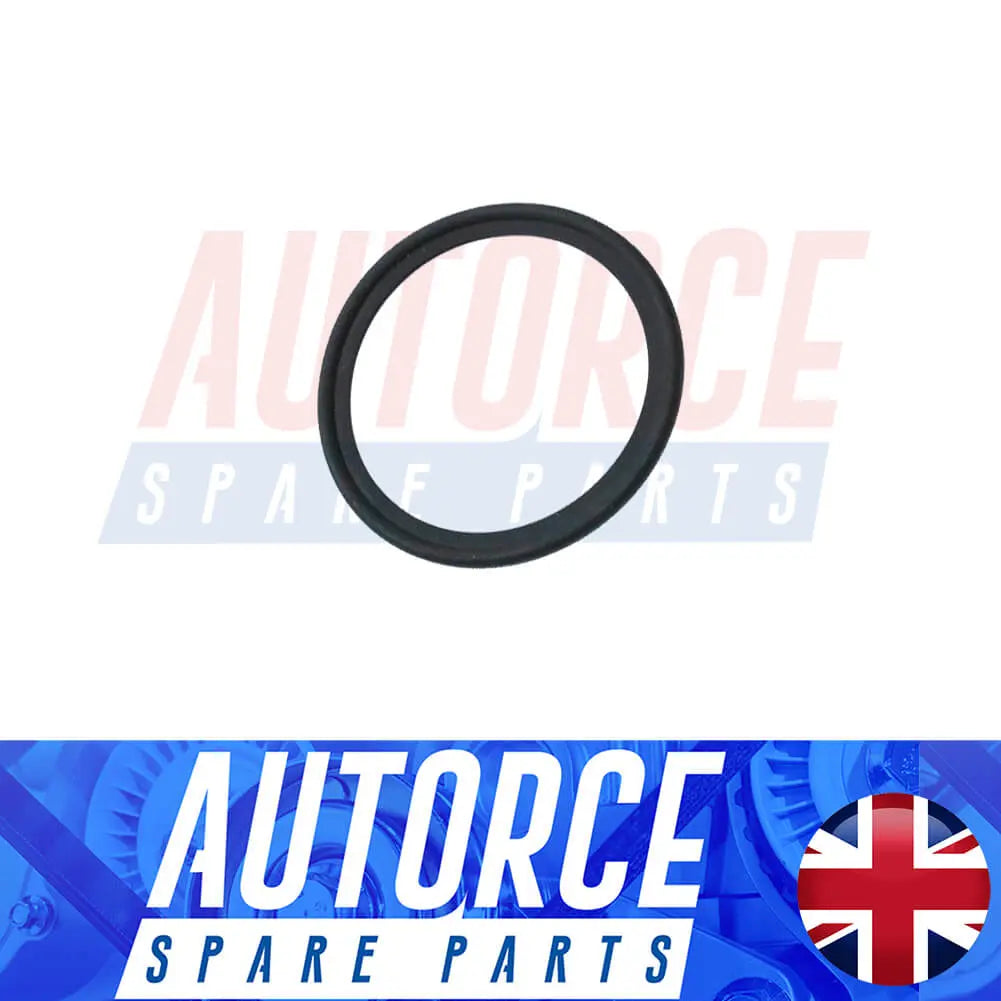
Oil Cooler Seal For Volvo S60 S80 V40 V60 V60 1.6 - 31339192, 1661184A00
Sale price£5.90
No reviews
Hurry! Stock running out!

Oil Cooler Seal For Dacia Logan Sandero 1.5 dCi (2005 - Onwards) 1331467, 7701051538
Sale price£5.90
No reviews
Hurry! Stock running out!
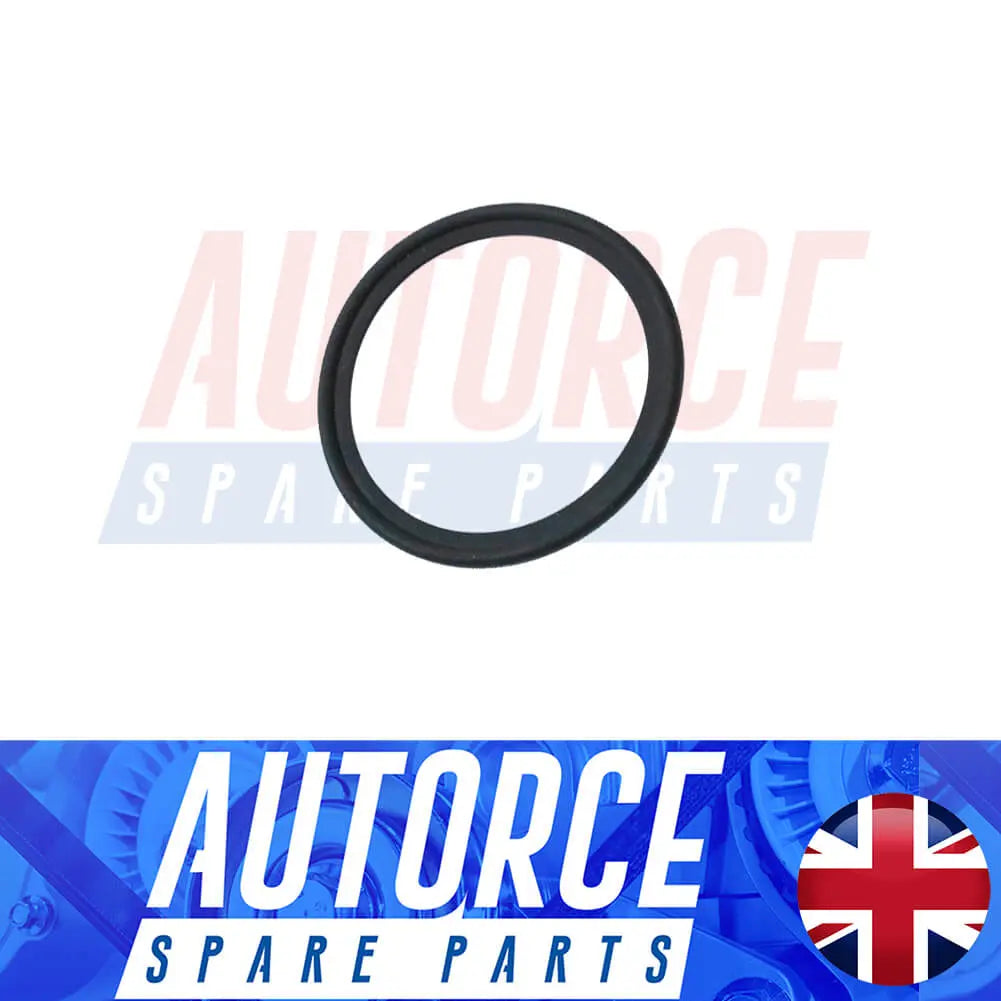
Oil Cooler Seal For Nissan Almera Micra 1.5 dCi (2003-2010) 1661184A00, 21334BN700
Sale price£5.90
No reviews
Hurry! Stock running out!

Oil Cooler Gasket O-Ring Set For Ford B-Max C-Max Fiesta Focus - 2S6Q6A728AA, 1103.K1
Sale price£7.90
No reviews
In stock
Filters (0)



